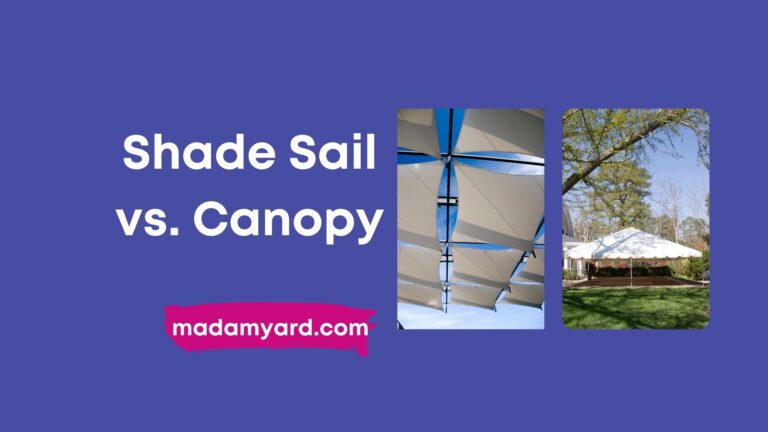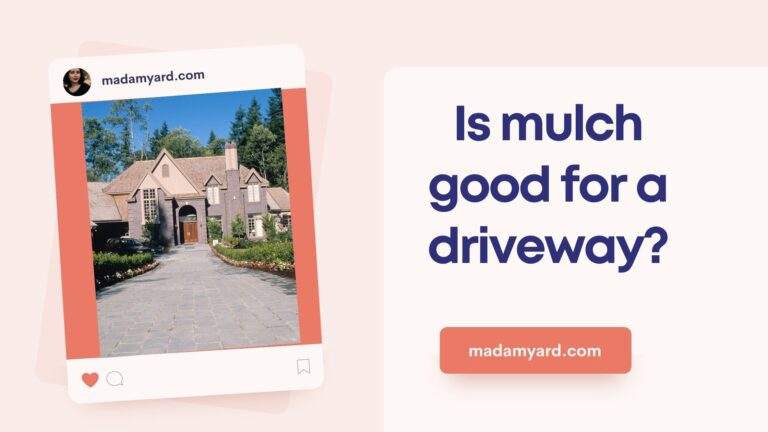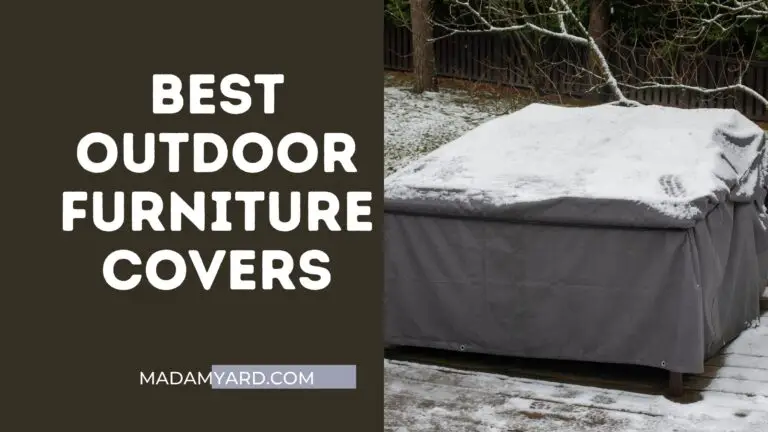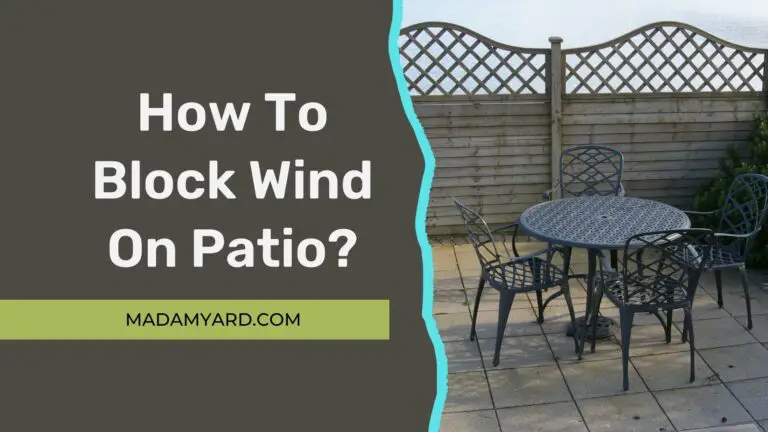What Wood to Use for Pergola?
Pergolas are a popular outdoor patio furniture style that can add a touch of elegance to your yard. Choosing the right wood for a pergola is important, as an improper choice can lead to problems down the road. So, what wood to use for pergola?
In this article, I will share the best wood for pergola. Stay tuned!
What is the best wood for pergola?
There are several varieties of wood to select from when constructing a wood pergola. The most significant factor to consider is the wood’s outdoor durability.
You’ll want a wood that can withstand insect damage, rot, and other types of deterioration. Below is a type of wood for pergola:-
1. Pressure Treated Wood (PT)
Pressure-treated wood is one of the best wood to build a pergola. It is increasingly being used by homeowners in the building of backyard pergolas.
One of the reasons is that it is one of the most affordable pergola lumber options. Pressure-treated wood is durable and, for many individuals, the most cost-effective alternative.
Any pressure-treated wood is rot and insect resistant, and it can tolerate extreme weather conditions better than untreated wood. Know that chemicals have been applied to provide its repellent capabilities – it has been pressure treated/impregnated with copper-based insecticides.
Pressure-treated wood pergola typically has a greenish tint/appearance. If it is not water sealed, primed, or dyed, it will likely dry to a golden brown and eventually gray.
Because the timber was saturated with the pressure treatment when you purchased it, you will need to wait a short time before staining or painting it.
2. Cedar Wood
This is a common material and the best lumber for pergola. Many homeowners like cedar because of its all-natural appearance, scent, and character, which integrates well with the natural surroundings.
The intrinsic resilience of cedar to mold and mildew has long been recognized. Cedarwood is somewhat more expensive than pressure-treated wood, yet it is a naturally preserved wood.
Cedar is inherently sturdy and long-lasting. Although ideal for all regions, it is most suited for harsher conditions since it can tolerate severe temperatures.
It repels dirt, insects, rot, and decay naturally. You may paint or stain the wood to make it a different hue. If you let to weather down, it will turn a greyish color.
Yes, cedarwood is more expensive than pressure-treated wood. Still, because it is all-natural wood, you can be confident that it contains no chemicals used to treat it.
3. Tropical hardwood
It is the ideal material for die-hard wood aficionados. It is a one-of-a-kind alternative for your outdoor pergola. Tropical hardwoods are generally renowned for being durable. Making it a fantastic choice for outdoor projects, making them excellent for your pergola.
Rosewood, teak, mahogany, and Ipe are the most popular tropical hardwoods. In addition to being beautiful, these woods are known for being strong and resistant to the weather.
The tougher the wood, the more durable and sturdy it becomes. For example, PT Southern Yellow Pine has a Janka rating of 690, whereas Redwood has a value of 450.
Brazilian Walnut, once again, has a rating of greater than 3500. Overall, tropical hardwoods have a Janka rating of 1500 or above, with the majority having a rating of 2000 or higher.
4. Thermally modified wood
Thermally treated wood is ideal for optimal aesthetic, affordability, and performance. “Thermal modification is a scientific procedure that modifies the properties, chemistry, structure, and performance of wood at the cellular level,” according to the definition.
Thermally modified wood is superheated to a point where the natural sugar in the wood is “cooked,” making the wood even more stable than the other types. This makes the wood even more resistant to rotting and decay than the other types.
The major advantage of thermally treated wood is the stabilizing it provides. Stabilization prevents shrinkage or expansion during warm or cold temperatures, resulting in a more dependable exterior project that requires little maintenance.
5. Redwood
The best redwood for outdoor pergola buildings can be found by using restoration forestry procedures to acquire it. In spite of its lovely appearance, redwood can withstand the elements and other hazards of the outdoors for decades without requiring any kind of maintenance.
The term “Redwood” comes from its wood’s gorgeously deep red tones. Redwood comes in three varieties for pergola construction: common, mature, and old-growth.
If not sealed, the exposed Redwood surface will gradually rust and develop a faint silver patina. If you don’t refinish the cover straight away, the patina will form once the clear sealer wears off.
Many individuals believe that oxidization improves the look of the wood structure. Redwood naturally resists weathering and insect damage because of its thick grains and particular oil makeup.
The solid wood composition delays degradation, which is generally linked with continual exposure to inclement weather and UV radiation. As a result, the Redwood does not even need a sealer to stay in good condition for over 40 years. Yet, a clear or colored stain would extend its life even further if applied.
Redwood does not twist or shrink in reaction to harsh environmental conditions, unlike other softwood species. Temperature and humidity variations cause the tight grains to expand and compress.
This vital feature guarantees that the hardware used for the pergola construction remains tight and proper overtime.
Conclusion
It is possible to build pergolas out of almost any form of wood. Still, it depends on how you want the end result to appear or how the pergola will be utilized. Pergolas are mostly made of wood since it is readily accessible.
Many people believe that dealing with wood is both sturdy and simple. When wood is exposed to the elements, it just performs better. You may modify the measurements and adapt the design to meet your specifications with wood as your material. The wood you pick for your pergola at home or work will decide how long it will endure and how much upkeep it will take.
Frequently Asked Questions (FAQs)
Which lasts longer pressure treated, or cedar?
Pressure-treated wood is made with chemicals that help it resist rotting and pests, popular for outdoor projects. On the other hand, cedar is a natural choice with a beautiful look and smell. Cedar also resists rot and pests.
So which one lasts longer? The answer depends on the climate and how well the deck is taken care of. In general, pressure-treated wood will last longer in areas with more moisture. In contrast, cedar will last longer in drier climates. However, with proper maintenance, both materials can last for many years.
How long will cedar last outside?
How long cedar will last outside depends on the climate and the finishes used. Cedar can last for many years without protection in warm, dry climates. Depending on the climate, it may be necessary to seal or stain cedar every few years in order to keep its look and moisture resistance.







